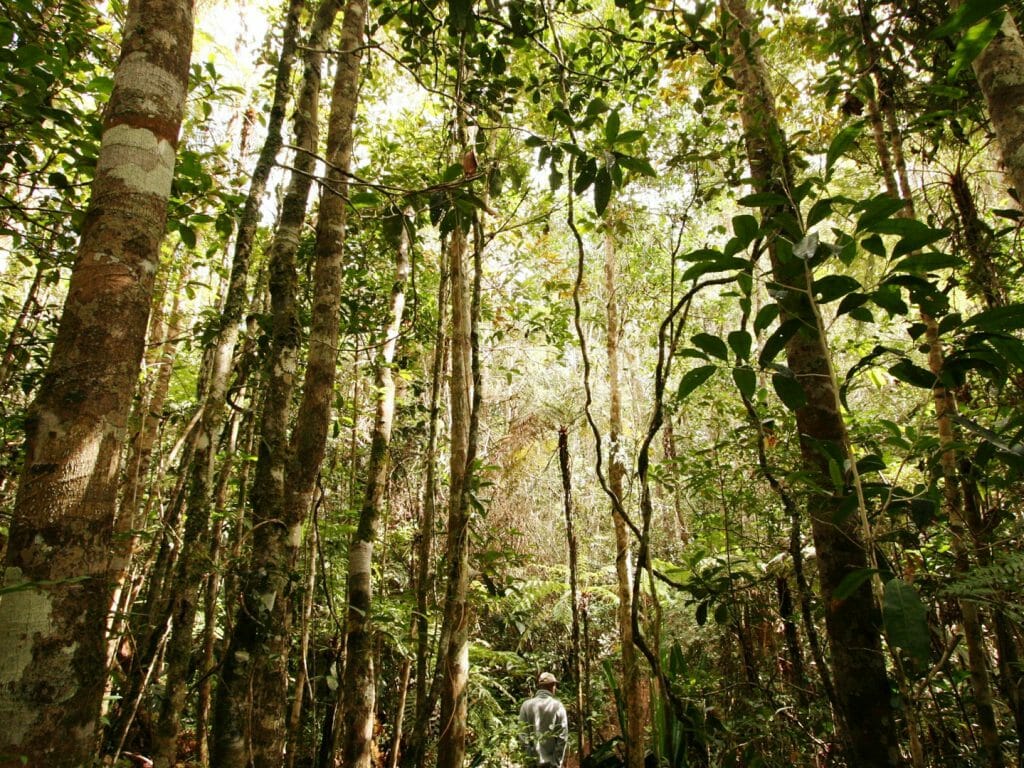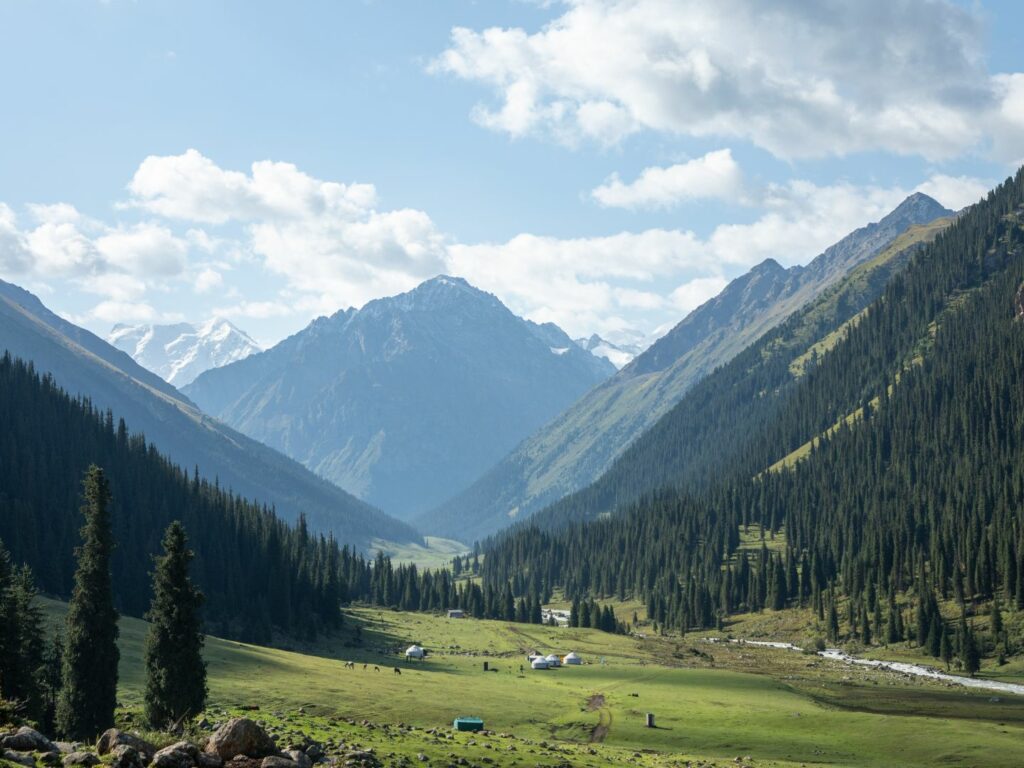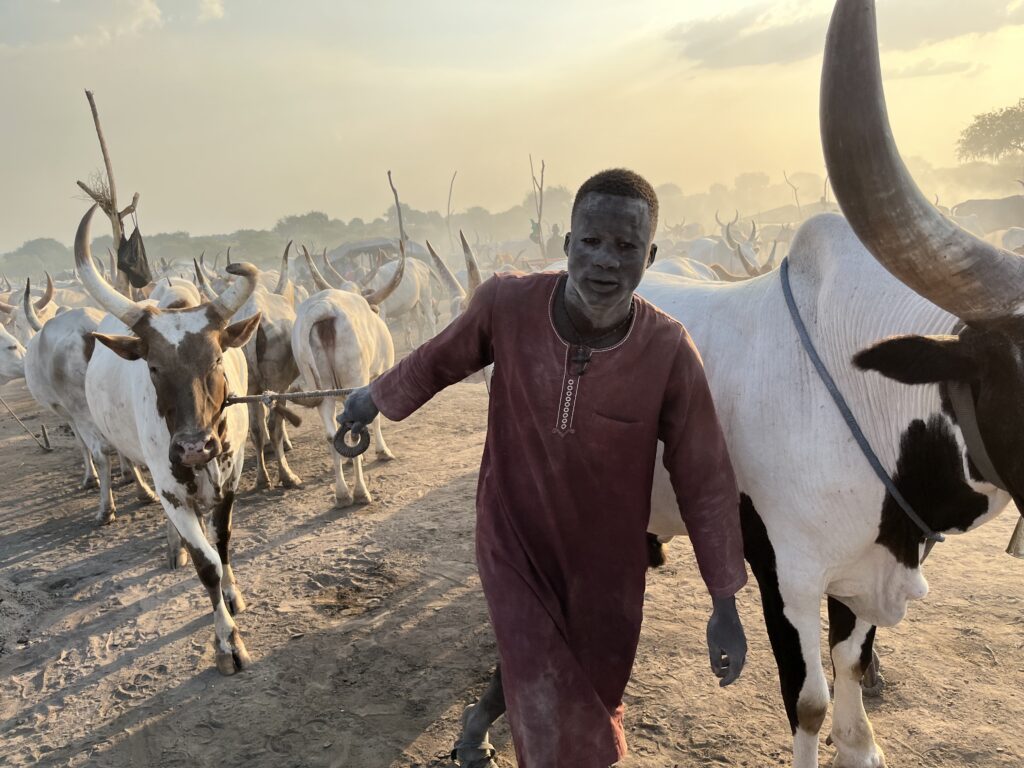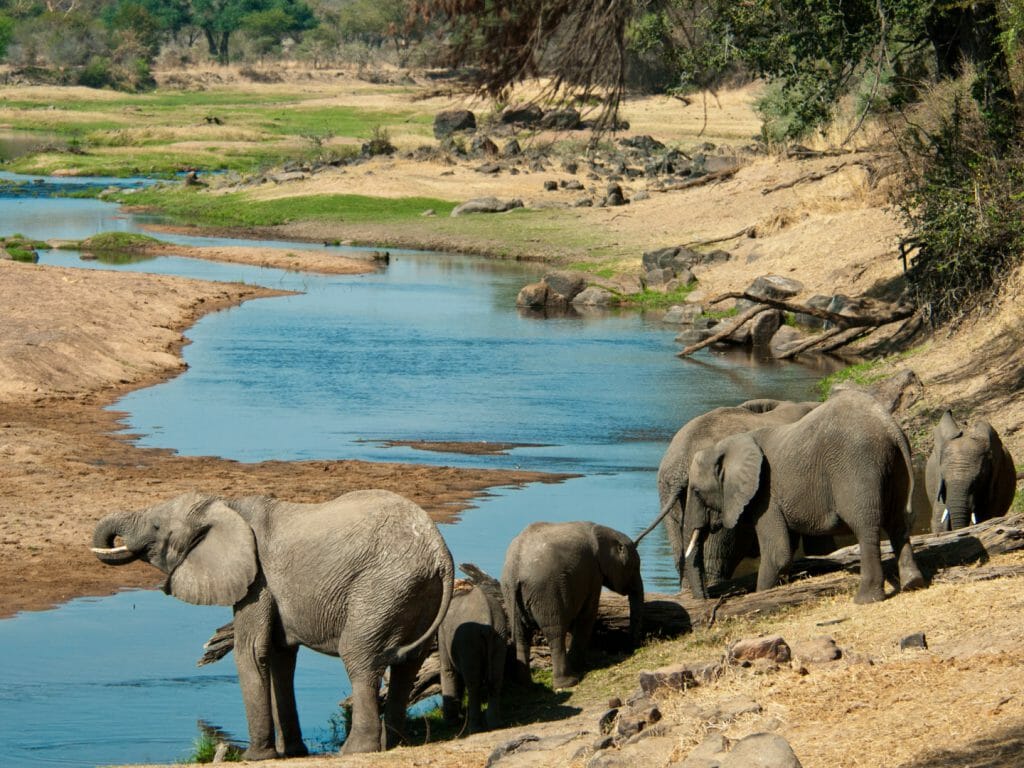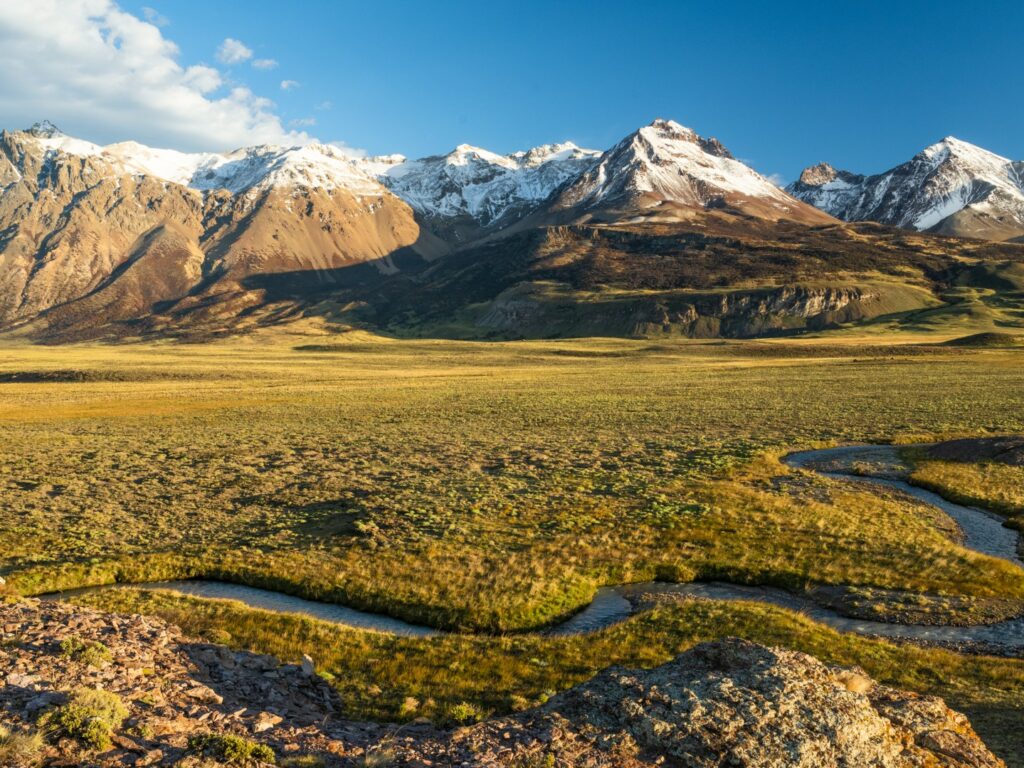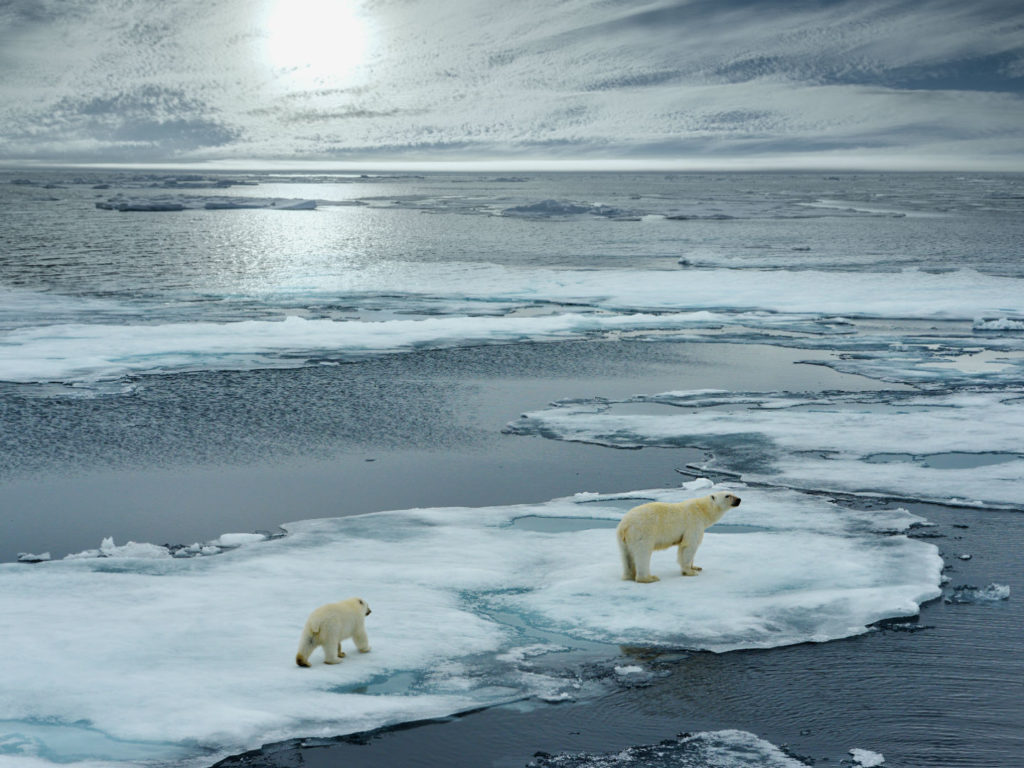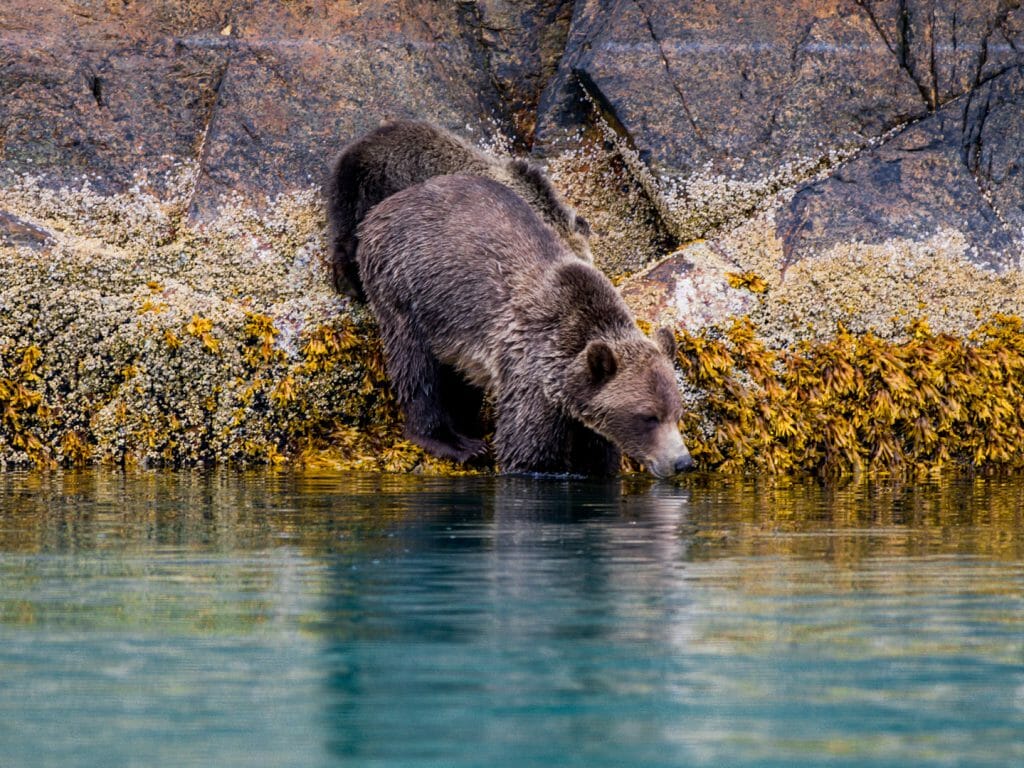Technology, AI and access to information are transforming our world, our daily lives. So too the world of travel. Yet, whilst I am not a luddite and embrace technology and how it can enhance our travel knowledge, I am not yet ready to reimagine the travel world based on technology.
Launched in 2010, Instagram has changed the way we travel – in using ‘we’, I’m not necessarily saying you or me, but rather people as a whole – with over 50% of tourists saying that they’ve made plans to visit a specific destination based on an image or video they saw on social media.
Instagram hasn’t just changed how we make our travel choices and indeed the places we travel to, but how we behave when we are there. Our photos often don’t reflect how the image was taken –that when one person has taken their photograph another takes their place, the queues. The images posted on social media don’t reflect the background noise of people as to the sounds of nature filling the air.
But for me it runs deeper in that phones and our desire to get the picture-perfect image prevent us from looking around and fully appreciating the culture and environment of the moment. There’s a magic to listening, a joy in appreciating the landscape and an understanding in noticing the nuances of culture.
Instead of becoming immersed in the moment, in local life, this image-obsessed form of travel can disrupt it.
I take pictures when I travel, so I’m guilty of the paradox of wanting to capture the moment whilst trying to be present. Do take that photo – your family will be annoyed if you don’t – but there’s an opportunity to be mindful and to try to balance documenting your experience by connecting with people. At the very least, don’t travel simply for that scenic snap.
Technology has given us virtual tours of a wealth of different destinations and sites. Yet virtual tours and experiences focus on sounds and sights but can’t do much with smell, touch, or taste. Moreover on a fundamental level, virtual travel is a construct that is dictated to us. It is arguably the most authoritarian of tours. We see the world through someone else’s lens.
When you travel to India, you can decide where you want to go and what you want to do and see. But more than that you have the opportunity for chance encounters, serendipitous moments.
The real point of travel is not about sites or experiences but meeting people. Unconditional and unplanned moments that make connections.
Trust in strangers is the essence of travel. The kindness of strangers an affirmation that people are on the whole good, a reason for hope.
The internet has given us access to unparalleled information. But to what extent does this information cloud our judgement, fill our minds with preconceptions?
When you go out into the woods, you see a wonderful variety of trees: some that are tall and straight, some that are shorter, some that are bent. You see young, you see old, you see leafy and you see bare. You allow the tree, you appreciate the tree for what it is.
Sadly, we do not share this open-mindedness of people. We immediately make subjective judgements. How different would the world be if we were to look at people as we do trees – accepting them for the way they are?
How often have you arrived somewhere, not necessarily but often, overseas and been very uncertain of your environment? You make initial, sometimes snap, judgements. The lack of familiarity means that you cast aspersions. You come to conclusions based on what you know rather than what you see.
Yet days, even hours, later your opinion has changed. You become familiar with your surrounds. You accept them for what they are. You are less critical and more receptive. You arrive as a tourist but depart as a local.
It is innate human nature to make judgements – to determine what is a threat or not – but how much better to be open-minded. To not pack our prejudices and be curious.
Have the confidence to allow your eyes, yourself, to get accustomed to the dark, and what you don’t know.
Give yourself time. Travel slowly. Travel well.


